Find Help
More Items From Ergsy search
-
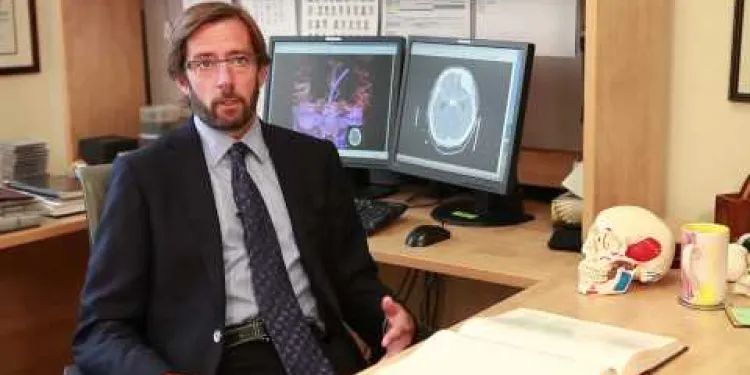
What is a Subarachnoid Hemorrhage?
Relevance: 100%
-

What is the typical progression of Marburg virus disease?
Relevance: 15%
-

What are the symptoms of Marburg virus disease?
Relevance: 13%
-

Has Marburg virus caused any major outbreaks?
Relevance: 13%
-

Spinal Anaesthesia for Caesarean Section
Relevance: 13%
-
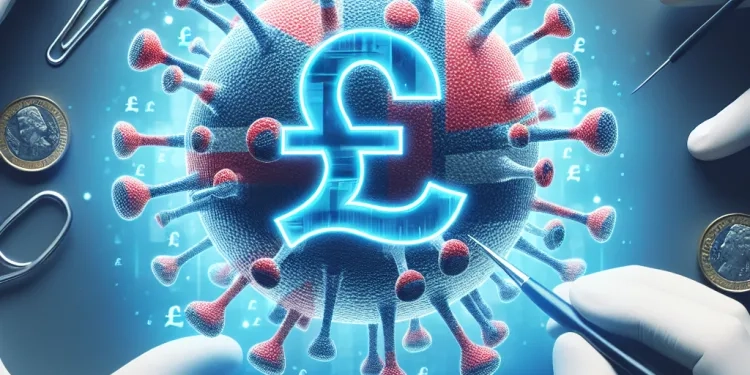
Is the Marburg virus related to the Ebola virus?
Relevance: 11%
-
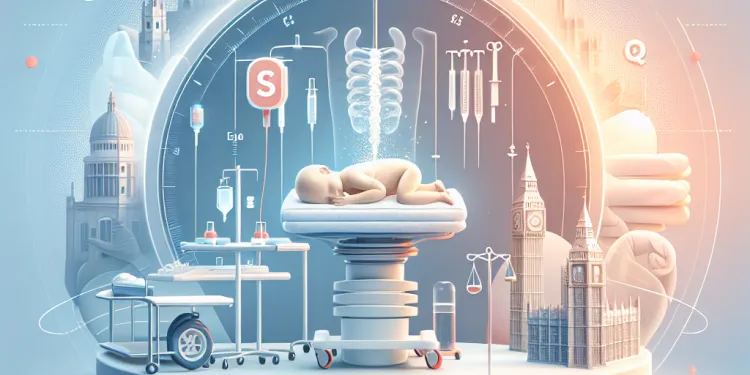
Is spinal anaesthesia safe for a Caesarean section?
Relevance: 10%
-

What is spinal anaesthesia?
Relevance: 10%
-
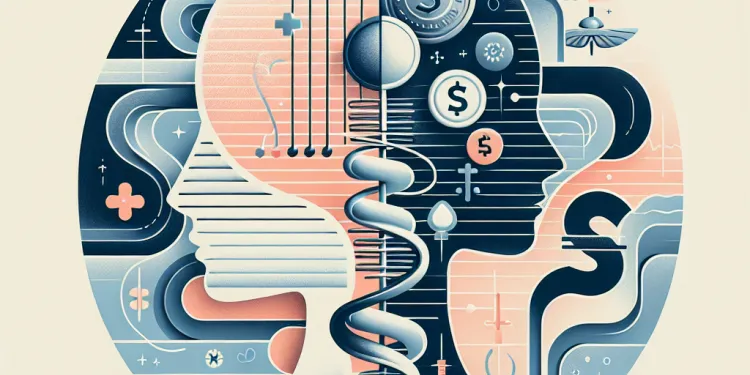
How is spinal anaesthesia different from an epidural?
Relevance: 10%
-

What measures are being taken to control Marburg virus outbreaks?
Relevance: 9%
-
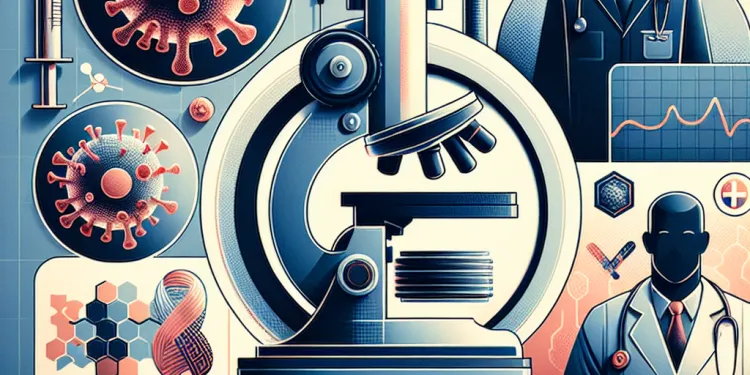
What is the mortality rate of Marburg virus disease?
Relevance: 8%
-

Where was the Marburg virus first discovered?
Relevance: 8%
-

How is the Marburg virus transmitted?
Relevance: 8%
-

How do health authorities confirm a Marburg virus outbreak?
Relevance: 8%
-

Are there any countries at higher risk for Marburg virus outbreaks?
Relevance: 8%
-

What do health organizations say about aspirin and cancer prevention?
Relevance: 8%
-

Assessing the stroke patient
Relevance: 7%
-

Is there a vaccine for Marburg virus?
Relevance: 7%
-

Can Marburg virus disease recur after recovery?
Relevance: 7%
-

NHS Here for You – Stroke
Relevance: 6%
-

How long is the incubation period for the Marburg virus?
Relevance: 5%
-
Is aspirin more effective for certain age groups in preventing colorectal cancer?
Relevance: 5%
-
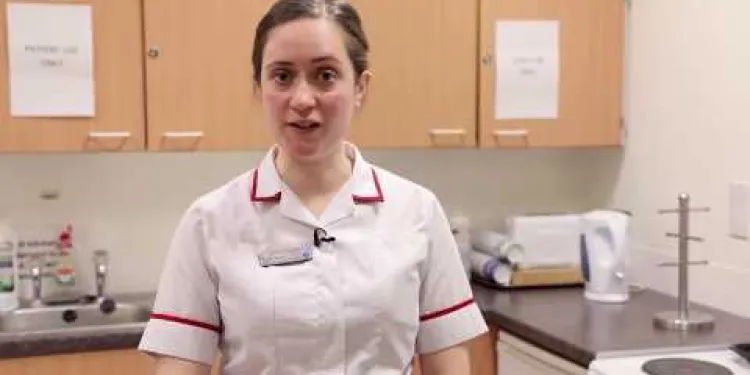
Stroke - Speech and Language Therapist's Experience
Relevance: 5%
-
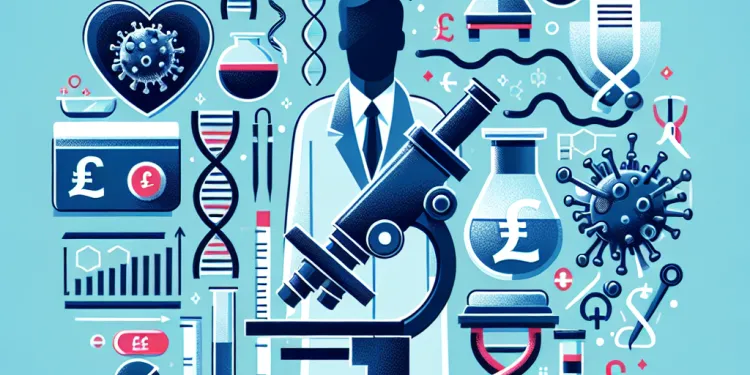
What research is being done on the Marburg virus?
Relevance: 5%
-

How is Marburg virus disease diagnosed?
Relevance: 5%
-

How can healthcare workers protect themselves from Marburg virus infection?
Relevance: 5%
-
Are there ongoing studies about aspirin and colorectal cancer?
Relevance: 5%
-

Can I breastfeed after a Caesarean birth?
Relevance: 5%
-
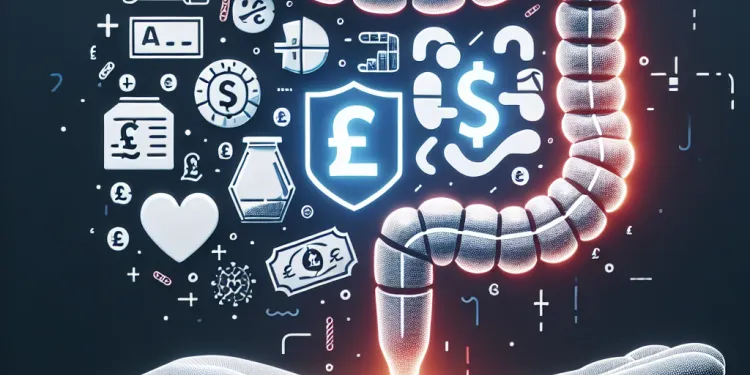
Can aspirin prevent colorectal cancer?
Relevance: 5%
-

What is Dengue Fever?
Relevance: 5%
-
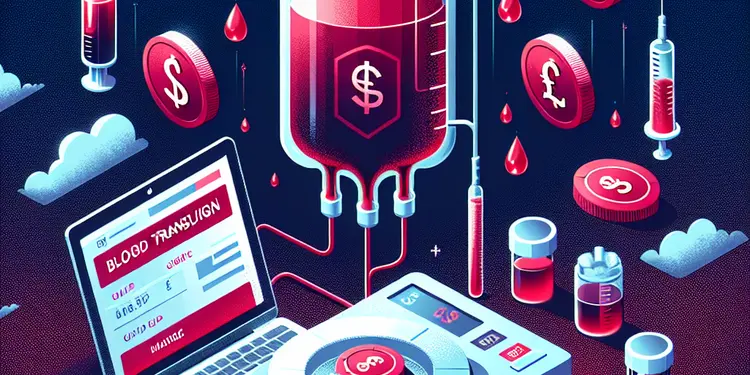
Why might someone need a blood transfusion?
Relevance: 5%
-
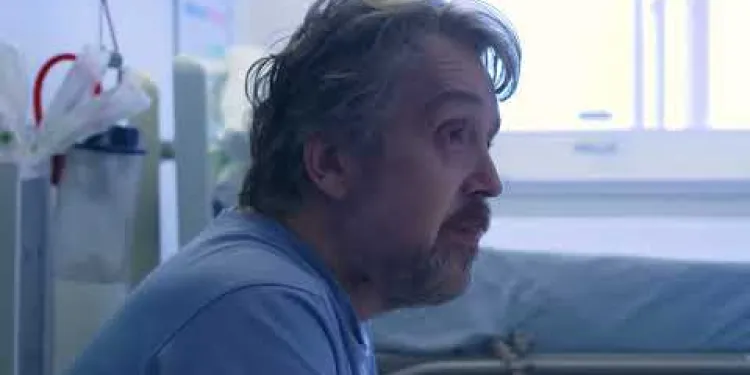
NHS Forth Valley’s Stroke Team
Relevance: 4%
-

What is the Marburg Virus?
Relevance: 3%
-
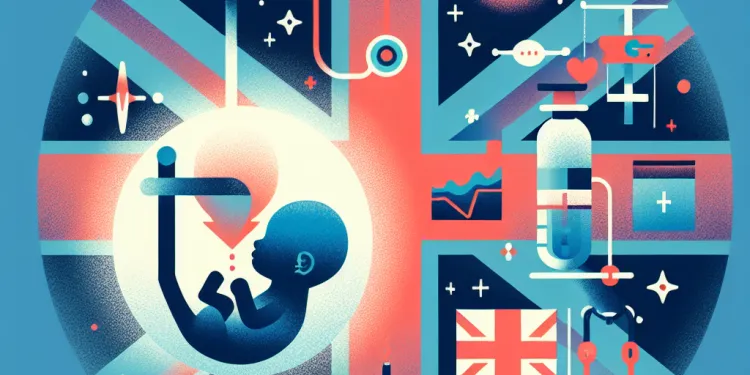
What are the risks associated with a C-section?
Relevance: 3%
-
Should individuals with certain medical conditions avoid aspirin?
Relevance: 3%
-
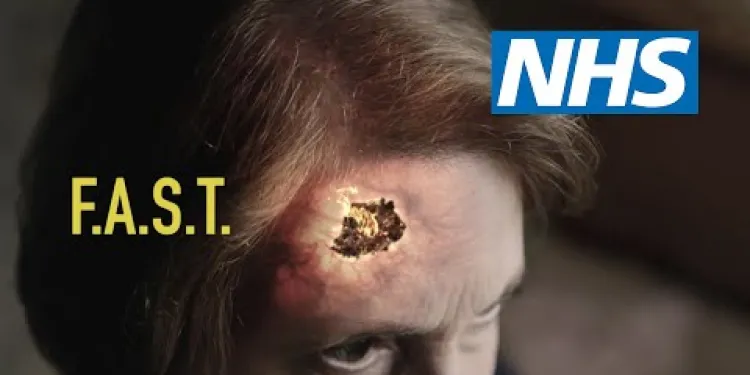
When Stroke Strikes Act F.A.S.T. | NHS
Relevance: 3%
-

What should I do if I'm considering aspirin for cancer prevention?
Relevance: 3%
-
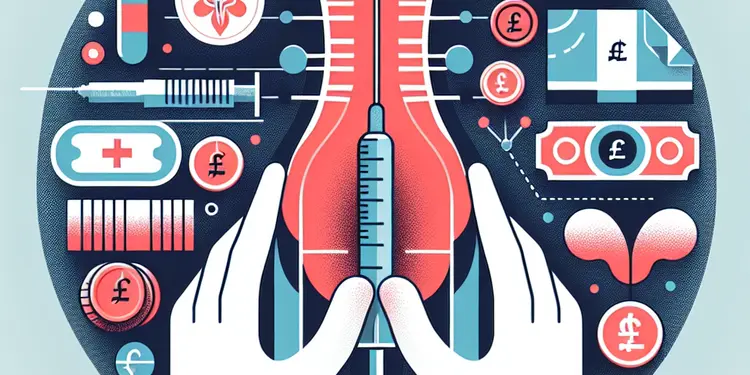
What is a lumbar puncture?
Relevance: 3%
-
Is aspirin effective in preventing other types of cancer?
Relevance: 3%
-
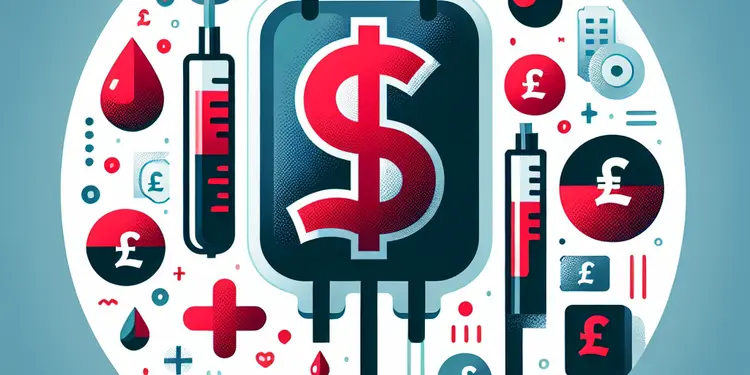
What are some common reasons blood transfusions are needed?
Relevance: 3%
What is a Subarachnoid Hemorrhage?
Introduction to Subarachnoid Hemorrhage
A subarachnoid hemorrhage (SAH) is a serious and potentially life-threatening condition where there is bleeding in the subarachnoid space, the area between the brain and the thin tissues covering it. This space is filled with cerebrospinal fluid, which cushions and protects the brain and spinal cord. The bleeding increases pressure on the brain and can lead to severe complications, including stroke, permanent brain damage, or death.Causes of Subarachnoid Hemorrhage
SAH most commonly occurs due to the rupture of an aneurysm, which is a weak spot in the wall of a blood vessel that can bulge and burst. Other causes include arteriovenous malformations (AVMs), trauma to the head, high blood pressure, and certain blood-thinning medications. In some cases, the cause of the bleeding might not be identified.Symptoms of Subarachnoid Hemorrhage
The hallmark symptom of SAH is a sudden, severe headache, often described as a "thunderclap" headache. Other symptoms may include nausea and vomiting, neck stiffness, sensitivity to light, blurred or double vision, loss of consciousness, seizures, and confusion. Due to the abrupt and intense nature of these symptoms, immediate medical attention is crucial.Diagnosis and Treatment
SAH is diagnosed using imaging tests such as a CT scan, MRI, or angiography to locate the bleeding and identify its source. Immediate treatment is essential and typically involves stabilizing the patient, controlling blood pressure, and preventing further bleeding. Surgical options include clipping the aneurysm or endovascular coiling to secure the vessel and prevent re-bleeding. Patients may require intensive care, rehabilitation, and long-term follow-up.Prevention and Risks in the UK
While some risk factors for SAH such as genetics cannot be controlled, lifestyle changes can reduce the risk. In the UK, public health initiatives focus on reducing smoking and high blood pressure, both of which are significant risk factors. Regular health check-ups, avoiding illicit drugs, and maintaining a healthy lifestyle can also help lower the risk. Conclusion Subarachnoid hemorrhage is a critical condition requiring prompt medical intervention. Awareness of the symptoms and risk factors can aid in early detection and improve the chances of successful treatment and recovery. If you or someone you know experiences symptoms consistent with SAH, seek immediate medical help.What is a Subarachnoid Hemorrhage?
Understanding Subarachnoid Hemorrhage
A subarachnoid hemorrhage (SAH) is when there is bleeding around the brain. This space around the brain is usually filled with a special fluid that protects the brain. If there is bleeding here, it can press on the brain and cause serious problems, like a stroke or brain injury.What Causes a Subarachnoid Hemorrhage?
SAH often happens because a weak spot in a blood vessel bursts. This weak spot is called an aneurysm. Other reasons for bleeding can be head injury, high blood pressure, taking certain medicines, or having abnormal blood vessels. Sometimes doctors can't find the exact cause.Signs of a Subarachnoid Hemorrhage
The main sign of SAH is a very bad headache that starts suddenly. It can feel like a "thunderclap." Other signs include feeling sick, vomiting, a stiff neck, being sensitive to light, blurry vision, passing out, having a seizure, or feeling confused. If you see these signs, get medical help right away.How Do Doctors Find and Treat It?
Doctors use special pictures, like a CT scan or MRI, to see if there is bleeding. Treatment needs to happen fast. Doctors might give medicine to help with blood pressure and stop more bleeding. They might need to do surgery to fix the problem. Patients often need to stay in the hospital to get special care and may need help to get better later.How to Lower the Risk in the UK
Some risks like family history can't be changed, but you can make choices to help. In the UK, things like not smoking and keeping blood pressure low are important. Going to the doctor regularly and living a healthy life helps too, like not using illegal drugs. Conclusion A subarachnoid hemorrhage is very serious and needs quick medical care. Knowing the signs can help start treatment earlier and make recovery better. If you think someone has SAH, get medical help fast.Frequently Asked Questions
What is a subarachnoid hemorrhage?
A subarachnoid hemorrhage is a type of stroke caused by bleeding on the surface of the brain, specifically in the area between the brain and the thin tissues covering it.
What causes a subarachnoid hemorrhage?
The most common cause of a subarachnoid hemorrhage is the rupture of an aneurysm, which is a weakened area in a blood vessel wall. Other causes include head injury and certain medical conditions like blood vessel abnormalities.
What are the symptoms of a subarachnoid hemorrhage?
Symptoms include a sudden, severe headache often described as 'the worst headache of your life,' neck stiffness, nausea, vomiting, confusion, seizures, and loss of consciousness.
How is a subarachnoid hemorrhage diagnosed?
Diagnosis typically involves a CT scan of the head, which can reveal bleeding. If the CT scan is inconclusive, a lumbar puncture (spinal tap) may be performed to detect blood in the cerebrospinal fluid.
What is the treatment for a subarachnoid hemorrhage?
Treatment usually requires immediate hospitalization, where doctors may perform surgery or endovascular procedures to stop the bleeding. Additional treatments focus on managing symptoms and preventing complications.
What are the risks and complications associated with a subarachnoid hemorrhage?
Risks and complications include re-bleeding, vasospasm (narrowing of blood vessels), hydrocephalus (accumulation of cerebrospinal fluid), and long-term neurological problems.
Can a subarachnoid hemorrhage be prevented?
While it's difficult to prevent a subarachnoid hemorrhage caused by an aneurysm, managing risk factors like high blood pressure, smoking, and heavy alcohol use can reduce the risk.
What is the recovery prognosis for someone who has had a subarachnoid hemorrhage?
Recovery prognosis varies and depends on the severity of the hemorrhage and the patient's overall health. Early treatment improves outcomes, but some patients may experience long-term neurological deficits.
How common is a subarachnoid hemorrhage in the United Kingdom?
Subarachnoid hemorrhages are relatively rare, occurring in about 6-10 people per 100,000 each year in the United Kingdom.
What are the long-term effects of a subarachnoid hemorrhage?
Long-term effects can include cognitive and physical impairments, mood changes, epilepsy, and challenges with daily activities, depending on the extent of brain injury.
Are there support services available for people who have experienced a subarachnoid hemorrhage?
Yes, there are numerous support services, including rehabilitation programmes, support groups, and counselling services that can help patients and their families cope with the aftermath of a subarachnoid hemorrhage.
What should I do if I suspect someone is having a subarachnoid hemorrhage?
Call emergency services immediately if you suspect someone is having a subarachnoid hemorrhage. Quick medical intervention is crucial.
Can lifestyle changes reduce the risk of a subarachnoid hemorrhage?
Yes, maintaining a healthy lifestyle by avoiding smoking, moderating alcohol consumption, managing blood pressure, and regular exercise can help reduce the risk.
What role does genetics play in subarachnoid hemorrhages?
Genetics can play a role, especially if there is a family history of aneurysms or certain genetic conditions that affect blood vessels. However, lifestyle and medical factors are also important.
Is it possible to fully recover from a subarachnoid hemorrhage?
Full recovery is possible but varies greatly among individuals. Early treatment and rehabilitation significantly improve the chances of recovery, although some individuals may experience long-term effects.
What is a subarachnoid hemorrhage?
A subarachnoid hemorrhage is when there's bleeding in the space around the brain. This can happen after a blood vessel bursts. It is a serious problem and needs medical help right away.
Tips to help understand:
- Use simple words: Blood vessel burst means a tube that carries blood has broken.
- Think of it like a pipe leaking water.
- Ask someone to explain it with pictures.
- Use a voice assistant to read this out loud.
A subarachnoid hemorrhage is a kind of stroke. It happens when there is bleeding on the outside of the brain. The bleeding is between the brain and the thin tissues that cover it.
What makes a subarachnoid hemorrhage happen?
A subarachnoid hemorrhage is when there is bleeding in the brain. It can be very serious.
Here are some reasons it might happen:
- A weak spot in a blood vessel called an aneurysm. It can burst and cause bleeding.
- A head injury, like hitting your head really hard.
- Sometimes doctors do not know why it happens.
It is important to go to the doctor quickly if you think someone has this problem.
Using audio books and videos can help to understand more. Ask someone you trust to help explain if needed.
A subarachnoid hemorrhage happens when blood leaks into the space around the brain. The main reason for this is a bubble-like bulge in a blood vessel that pops. This bulge is called an aneurysm. Other reasons can be getting hurt in the head or some medical problems that affect blood vessels.
To make reading easier, you can use tools like audiobooks or ask someone to read with you. It's also helpful to take breaks and read in a quiet, comfy place.
What are the signs of a bleed in the brain?
Here are some signs you might notice:
- Bad headache that comes very fast.
- Feeling sick or throwing up.
- Feeling confused or having trouble speaking.
- Seeing double or blurry vision.
- A stiff neck.
- Feeling very sleepy or hard to wake up.
Tools to help:
- Use pictures or drawings that show the signs.
- Ask a helper or a friend if you do not understand words.
- Break information into small pieces.
Signs of this problem can be:
- A really bad headache that comes on fast. Some people say it's the "worst headache ever."
- A stiff neck.
- Feeling sick or throwing up.
- Feeling mixed up or not thinking clearly.
- Having fits or shaking that you can't control.
- Passing out and not waking up.
If you or someone else has these signs, it's important to get help from a doctor quickly. You can also ask someone you trust for help if you’re scared or nervous.
How do doctors find out if someone has a subarachnoid hemorrhage?
Doctors use a special picture, called a CT scan, to look at your head. This scan can show if there is bleeding.
If the CT scan does not show enough, doctors might do another test. This is called a lumbar puncture, or spinal tap. It helps doctors find blood in the liquid around your brain and spine.
If you're worried, you can ask a friend or family member to help you understand. Drawing pictures can also help explain what happens.
How do doctors help when someone has a bleed in the brain?
When someone is very sick, they need to go to the hospital right away. Doctors might do an operation or use special tools to stop any bleeding. Other treatments help people feel better and avoid more health problems.
What are the dangers and problems of a bleed in the brain?
A subarachnoid hemorrhage is when there is bleeding in the brain. This can be very serious.
Dangers:
- The brain can get hurt from the blood.
- The bleeding can happen again.
- Other parts of the body might stop working properly.
Problems:
- Headaches that are very painful.
- Feeling very tired or sleepy.
- Problems with seeing, talking, or remembering things.
Ways to help:
- Doctors can give medicine to help.
- Regular check-ups can make sure you are getting better.
- Resting and taking things slowly can help you recover.
There are some things that might go wrong. These include bleeding again, blood vessels becoming narrow, too much fluid in the brain, and problems with the brain that last a long time.
If you find reading difficult, you can try using pictures or videos to help understand.
Can we stop a subarachnoid hemorrhage from happening?
A subarachnoid hemorrhage is a type of bleeding in the brain.
Here are some ways to lower the risk:
- Eat healthy foods like fruits and vegetables.
- Exercise regularly to stay fit.
- Avoid smoking and drinking alcohol.
- Visit the doctor for regular check-ups.
Tools to help:
- Use reminders on your phone to remember healthy habits.
- Keep a food diary to track what you eat.
It can be hard to stop a brain bleed called a subarachnoid hemorrhage if it comes from an aneurysm. But you can make the chance smaller by doing some things:
- Keep your blood pressure normal.
- Don't smoke.
- Stay away from drinking too much alcohol.
Using these tips can help keep you safer. You might also want to talk to a doctor about more ways to stay healthy.
Will someone get better after a subarachnoid hemorrhage?
A subarachnoid hemorrhage is a type of bleeding in the brain. It is very serious.
Can the person recover or get better? It depends on many things, like:
- How fast they got help
- How bad the bleeding was
- Their overall health
Many people need a lot of rest and help to get better. They might need:
- Time in the hospital
- Medicine
- Exercises to make their body strong again
Supportive tools:
- Doctors and nurses
- Family and friends
- Talking to someone if you feel sad (a therapist)
Everyone's journey to get better is different. Some people can get better in a few weeks, and for others, it takes longer.
Getting better depends on how bad the bleeding is and how healthy the person is. If doctors start helping early, people get better more easily. But, some people might still have problems with their brain for a long time.
How many people in the UK have subarachnoid hemorrhages?
Subarachnoid hemorrhage is when there is bleeding in the brain. It is not very common. In the UK, about 8 people in every 100,000 have a subarachnoid hemorrhage each year.
Here are some ways to understand more about subarachnoid hemorrhages:
- Talk to a doctor or nurse.
- Look at pictures or videos about the brain.
- Ask someone for help if you find big words difficult.
Subarachnoid hemorrhages don't happen very often. They happen to around 6 to 10 people out of 100,000 each year in the United Kingdom.
What happens long after a subarachnoid hemorrhage?
A subarachnoid hemorrhage is when blood leaks in the brain.
It can cause problems that last a long time.
These problems can be:
- Headaches that do not go away
- Feeling tired all the time
- Finding it hard to remember things
- Being worried or sad
- Trouble seeing or hearing
If you know someone with these problems, here are some ways to help:
- Encourage them to rest and sleep well
- Help them write things down to remember
- Talk to a doctor about their feelings
- Use tools like alarms or calendars to keep track of important things
After a brain injury, some problems might stay for a long time. These can make it hard to think clearly or move your body. People might also feel sad or angry more often. Some people can get epilepsy, which is when you have seizures. Doing everyday things can also be tough.
Can people get help after a brain bleed?
Yes, there are people and services to help you feel better if you have had a brain bleed.
You can talk to doctors, nurses, or a therapist about how you feel.
These people can answer questions and help you get stronger.
Some helpful tools are:
- Support groups where people talk about their feelings.
- Simple guides to understand your health better.
- Friendly apps to remind you of medicines and exercises.
Yes, there are many ways to get help. There are special programs to help you get better, groups where you can talk to other people, and people you can talk to about your feelings. These can help you and your family after a brain bleed.
What to do if you think someone has a brain bleed
If you think someone might have a serious brain bleed called a subarachnoid hemorrhage: - **Call for help**: Dial emergency services right away. - **Stay calm**: Try to keep the person calm and still. - **Don't give food or drink**: It might be unsafe if they need treatment. - **Stay with them**: Wait until help arrives. - **Use picture cards**: If it's hard to explain, use simple picture cards to show what’s happening. These steps help keep the person safe until doctors come.If you think someone has a subarachnoid hemorrhage, call 911 right away. It is very important to get help fast.
Can changing how you live help stop a brain bleed?
- Eat Healthy Foods: Eating fruits, veggies, and whole grains is good for you. It helps keep your body strong.
- Exercise Regularly: Playing outside, running, or doing sports keeps your heart and body healthy.
- Avoid Smoking: Smoking is bad for your body. It's best to stay away from cigarettes.
- Limit Alcohol: Drinking too much alcohol can be harmful. It's important to drink less.
- Check Blood Pressure: Ask a grown-up to help you check your blood pressure. High blood pressure can be dangerous.
- Get Enough Sleep: Sleeping well each night helps you feel good and stay healthy.
These changes can help keep your brain and body healthy.
Try using a calendar or an app to track your healthy habits. It can remind you to do these things every day!
Yes, you can be healthier by doing a few things. Don't smoke. Drink less alcohol. Keep your blood pressure in a safe range. Exercise regularly. Doing these can help you stay healthy.
How do genes affect bleeding in the brain?
Your genes are like instructions inside your body. They can make you more likely to have certain health problems.
When blood vessels in the brain have problems, they can bleed. This is called bleeding in the brain.
Genes might make some people more at risk for this bleeding. But doctors are still learning about how this works.
If you find reading hard, you can ask someone to help you understand. You can also use a voice app to read aloud.
Your family genes might matter if your family had aneurysms before. Some health problems are also passed down in families. But how you live and your health are important too.
Can you get better after bleeding in the brain?
Bleeding in the brain can make you very sick. Getting better can take time. Some people feel much better after a while. Others might need extra help from doctors or therapists.
If you have questions, talk to your doctor. They can explain things and suggest ways to help you. Some tools and techniques are:
- Follow your doctor’s advice.
- Go to therapy to help your body and brain heal.
- Ask family and friends for support.
- Stay positive and be patient with yourself.
You can get better, but it is different for everyone. Getting help and starting exercises early can make you better faster. Some people might still have some problems, even after getting help.
Useful Links
- Ergsy carfully checks the information in the videos we provide here.
- Videos shown by Youtube after a video has completed, have NOT been reviewed by ERGSY.
- To view, click the arrow in centre of video.
- Most of the videos you find here will have subtitles and/or closed captions available.
- You may need to turn these on, and choose your preferred language.
- Go to the video you'd like to watch.
- If closed captions (CC) are available, settings will be visible on the bottom right of the video player.
- To turn on Captions, click settings .
- To turn off Captions, click settings again.
More Items From Ergsy search
-

What is a Subarachnoid Hemorrhage?
Relevance: 100%
-

What is the typical progression of Marburg virus disease?
Relevance: 15%
-

What are the symptoms of Marburg virus disease?
Relevance: 13%
-

Has Marburg virus caused any major outbreaks?
Relevance: 13%
-

Spinal Anaesthesia for Caesarean Section
Relevance: 13%
-

Is the Marburg virus related to the Ebola virus?
Relevance: 11%
-

Is spinal anaesthesia safe for a Caesarean section?
Relevance: 10%
-

What is spinal anaesthesia?
Relevance: 10%
-

How is spinal anaesthesia different from an epidural?
Relevance: 10%
-

What measures are being taken to control Marburg virus outbreaks?
Relevance: 9%
-

What is the mortality rate of Marburg virus disease?
Relevance: 8%
-

Where was the Marburg virus first discovered?
Relevance: 8%
-

How is the Marburg virus transmitted?
Relevance: 8%
-

How do health authorities confirm a Marburg virus outbreak?
Relevance: 8%
-

Are there any countries at higher risk for Marburg virus outbreaks?
Relevance: 8%
-

What do health organizations say about aspirin and cancer prevention?
Relevance: 8%
-

Assessing the stroke patient
Relevance: 7%
-

Is there a vaccine for Marburg virus?
Relevance: 7%
-

Can Marburg virus disease recur after recovery?
Relevance: 7%
-

NHS Here for You – Stroke
Relevance: 6%
-

How long is the incubation period for the Marburg virus?
Relevance: 5%
-
Is aspirin more effective for certain age groups in preventing colorectal cancer?
Relevance: 5%
-

Stroke - Speech and Language Therapist's Experience
Relevance: 5%
-

What research is being done on the Marburg virus?
Relevance: 5%
-

How is Marburg virus disease diagnosed?
Relevance: 5%
-

How can healthcare workers protect themselves from Marburg virus infection?
Relevance: 5%
-
Are there ongoing studies about aspirin and colorectal cancer?
Relevance: 5%
-

Can I breastfeed after a Caesarean birth?
Relevance: 5%
-

Can aspirin prevent colorectal cancer?
Relevance: 5%
-

What is Dengue Fever?
Relevance: 5%
-

Why might someone need a blood transfusion?
Relevance: 5%
-

NHS Forth Valley’s Stroke Team
Relevance: 4%
-

What is the Marburg Virus?
Relevance: 3%
-

What are the risks associated with a C-section?
Relevance: 3%
-
Should individuals with certain medical conditions avoid aspirin?
Relevance: 3%
-

When Stroke Strikes Act F.A.S.T. | NHS
Relevance: 3%
-

What should I do if I'm considering aspirin for cancer prevention?
Relevance: 3%
-

What is a lumbar puncture?
Relevance: 3%
-
Is aspirin effective in preventing other types of cancer?
Relevance: 3%
-

What are some common reasons blood transfusions are needed?
Relevance: 3%


